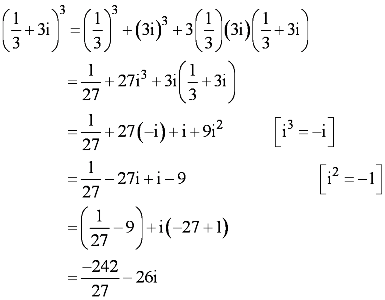Question 21:
Prove the following by using the principle of mathematical induction for all n ∈N : x2n – y2n is divisible by x + y.
Answer
Let the given statement be P(n), i.e.,
P(n): x2n − y2n is divisible by x + y.
It can be observed that P(n) is true for n = 1.
This is so because x2 × 1 – y2 × 1 = x2 – y2 = (x + y) (x – y) is divisible by (x +y)
Let P(k) be true for some positive integer k, i.e.,
x2k – y2k is divisible by x + y.
∴x2k – y2k = m (x + y), where m ∈ N … (1)
We shall now prove that P(k + 1) is true whenever P(k) is true.
Consider
x2(k+1) – y2(k + 1)
=x2k ∙ x2 – y2k ∙ y2
=x2(x2k – y2k + y2k) – y2k ∙y2
=x2{m(x + y) + y2k} – y2k ∙ y2 [Using (1)]
=m(x + y)x2 + y2k ∙ x2 – y2k ∙ y2
=m(x + y)x2 + y2k (x2 – y2)
=m(x + y)x2 + y2k(x + y) (x – y)
=(x + y) {mx2 + y2k(x – y)}, which is factor of (x + y).
Thus, P(k + 1) is true whenever P(k) is true.
Hence, by the principle of mathematical induction, statement P(n) is true for all natural numbers i.e., n.


















